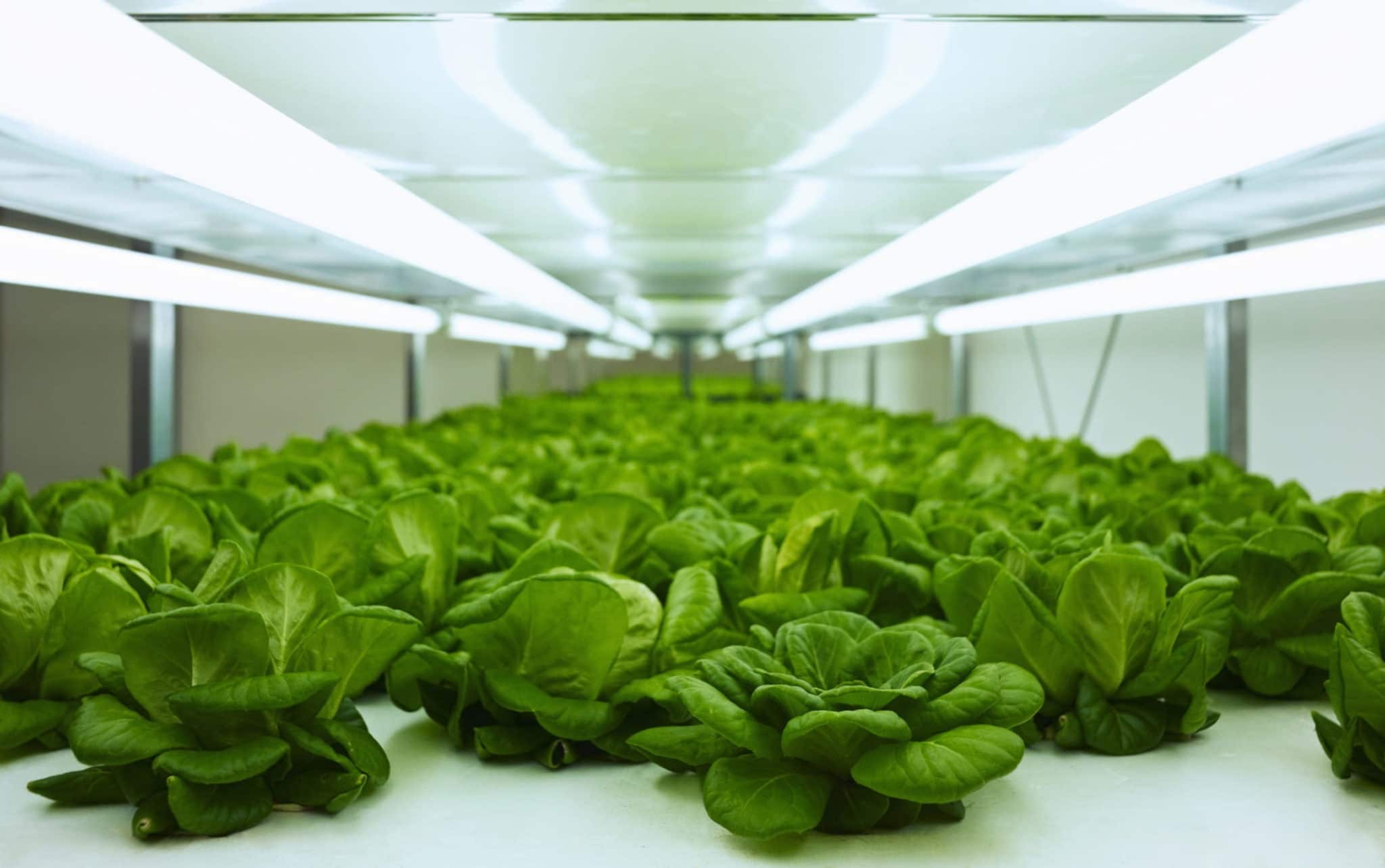It’s essential to know how to start vegetable plants in a mini greenhouse correctly by choosing the right plants, methods of planting, and seasons. The beauty of a mini greenhouse allows gardeners with limited space to extend their growing season and avoid potential problems from inconsistent outdoor conditions. But similar to what you’d do in a regular greenhouse, starting vegetables correctly will only be possible with careful planning.
Suppose you’re thinking of when to start growing vegetables in a greenhouse. In that case, you must know the seasons in your region and classify your crops into heat-tolerant and cold-tolerant varieties. Afterward, you can decide on the method of planting and maintenance in the mini greenhouse. T

The hardiness zone of your state can also help you learn about the frost-free dates so that you can use the mini greenhouse for transplants or year-round.
How To Start Vegetable Plants In A Mini Greenhouse Correctly
Best vegetables for a mini greenhouse
Unlike regular greenhouses, starting vegetable plants by classifying cold-tolerant and heat-tolerant vegetables is only the first step in a mini greenhouse. Because of its size, you’re also facing another consideration, which is choosing crops that will thrive in the limited space. Remember that plants must have adequate spacing in the greenhouse to prevent overcrowding, leading to problems in growth, pests, and diseases.
In general, the best vegetables for a mini greenhouse are asparagus, beets, cauliflower, chilis, courgettes, cucumbers, eggplants, French beans, herbs, lettuce, onions, peppers, potatoes, radishes, salads, spring cabbage, squashes, sweet corn, and tomatoes. Learn about the proper spacing of each crop, and if it’s appropriate, companion planting may help maximize the space in the greenhouse. Afterward, check the crops that will thrive in your planting zone and then schedule when to start planting.
You can also consider self-pollinating vegetable varieties. Using self-pollinating crops is advantageous in a mini greenhouse because it saves space as you only need the plants themselves. You also won’t need insects for pollination, so you will always have a productive garden regardless of their population.
Starting vegetables in a mini greenhouse
Depending on your chosen vegetables, you can start with seeds or cuttings in beds or containers. Most gardeners use the mini greenhouse for growing transplants before transferring them outdoors when the season is ideal. This is also where planning and scheduling are more comfortable in a greenhouse because you can start early, delay harvest, or extend the growing season.
After checking your hardiness zone, you can plan when to start warm-season and cool-season vegetables in the greenhouse. Cucumbers, peppers, squash, and tomatoes are best started in the mini greenhouse before transplanting. Therefore, even if your area’s condition is still cold, you can always begin the growing season early.
Cabbage, greens, and cruciferous vegetables might handle cold conditions, but starting them indoors creates more vigorous plants. Overall, you can begin your vegetables as seeds in the bed or containers as long as you maintain the ideal condition. You may even use the mini greenhouse throughout the plant’s lifespan and not just from seed to seedling.
Using A Mini Greenhouse Year-Round
Knowing how to start vegetable plants in a mini greenhouse also involves knowledge of the expected conditions year-round. But because of its condition, it’s possible to use the mini greenhouse year-round for your vegetables with proper planning. It would be helpful that you’ll also consider other factors not limited to temperatures as well that may be unique to your area to avoid any setbacks.
Spring
Spring is the best season to start plants before transplanting them outdoors. The vegetables that you can begin in spring are peppers, tomatoes, and even lettuces for early spring. Sowing seeds in spring will ensure a stable supply for the upcoming seasons.
Summer
Depending on your region, the summer might provide harsh heat. Therefore, gardeners use the mini greenhouse to protect their crops from the damages of this circumstance. Compared to outdoor planting, the cultivation of vegetables in the mini greenhouse gives you options to maintain the ideal conditions by cooling systems and ventilation.
Fall
The fall is an excellent time to start your salad crops so you could have a consistent supply in the upcoming winter months. In some states like Maine, farmers usually start cruciferous vegetables early in August as well. As long as you monitor the conditions indoors, you shouldn’t have any problem starting plants in a mini greenhouse in fall.
Winter
The winter can also be a productive time to start some frost-tolerant crops. Beets and different greens grow well in Oregon in winter. Otherwise, you could also use the mini greenhouse for overwintering other vegetables to protect them from frost.
Conclusion
A mini greenhouse is an ultimate solution for those who want a productive garden but have limited space. But one of the questions that you should ask before planting crops is, “how to start vegetable plants in a mini greenhouse?” The planning and methods you do at the start will determine the success of your mini greenhouse.
Choosing the right plants, method of planting, and seasons are the steps you must go through for a successful start in the mini greenhouse. It can be intimidating at first, but the mini greenhouse offers consistency and reliability for year-round productivity.
